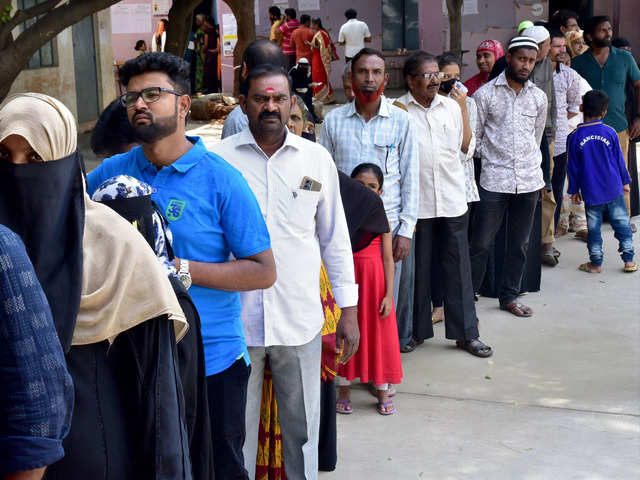
Through a home operating system, connectivity providers can give consumers easy visibility and control over experiencesPixabay
In India, consumers on average have over 50 apps installed on their smartphones
Apr 28, 2020, 16:48 IST
media
Managing the broadband explosion before and after COVID-19
Apr 28, 2020, 16:48 IST
In India, consumers on average have over 50 apps installed on their smartphones
- With more and more people staying at home and spending more time on the internet, constantly using internet services and broadband.
- However, there are bound to be issues in network once majority of people start heavily relying on their house internet, creating an overload on the network services.
Gil Rosen , President and General Manager,amdocs : next writes about how connectivity providers can work around this issue both during the Covid-19lockdown and after it is lifted.
In India, consumers on average have over 50 apps installed on their smartphones and use their devices more than three hours per day. In these uncertain times, smartphones have become an even more critical part of our lives to video call, work, order groceries or keep us entertained.
About 15 years back, we didn’t have to worry about countless apps running simultaneously and draining resources like battery and system memory. Now, a comprehensive mobile operating system is required to manage everything. Issues that were nascent in the past, such as security, connectivity, and notifications are now core to the phone’s operating system.
The home is now going through a similar evolution. The average home, once only having a few connected devices, now has well into the double digits. At this particular moment, cloud gaming and digital services are booming worldwide, and downloads of Zoom have increased by over 5,000%. These examples, plus an influx of other in-house connections, create a tidal wave of not only connected devices but their related software applications.
So what happens when experiences collide, and broadband becomes an issue in the home?
The issue with the hyper-connected home
Although
Experience management, visibility, simplicity, and management capabilities will become increasingly important. This is because the numbers are reaching into the double-digit domain and they all have different operating systems, onboarding experiences and network demands. They have to work together in real time while “competing” with the same network or Wi-Fi resources.
Where the opportunity lies
As more in-home connected apps need to be managed, someone has to be ready with a place in the value chain – and it has to go beyond connectivity and back-end operations.
Luckily, the “connectivity explosion” represents a critical opportunity in the home. The gap between the legacy connectivity play and the support necessary to support a flourishing connectivity eco-system can make the connectivity providers the de-facto home operating system for consumers. It can bring more value, intelligence and engagement to the broadband experience.
For connectivity providers specifically, it means less calls to call centers, and fewer unnecessary home visits to troubleshoot (which is especially critical at this moment in time). This means cost savings and better workforce management, even as the connected ecosystem becomes more complicated.
Who will make sense of a cluttered connected experience?
What could this look like? For starters, in the past, consumers only really engaged with their broadband when something wasn’t working. By adding an intelligence layer, value is created, which allows consumers to interact with their provider every day.
Through a home operating system, connectivity providers can give consumers easy visibility and control over experiences, as well as better security. But more importantly, smart insights about usage, important events, warnings and more. Essentially, this turns any broadband user’s home into a smart home. This can be done by leveraging AI to convert signals from connected devices within the home into actionable lifestyle and operational insights.
When we leverage intelligence this way, we achieve the next level in the connectivity revolution. Connectivity providers can have a pivotal role here if they act quickly. Otherwise, similar to what happened with mobile apps, they risk becoming nothing more than a faster pipe than enables other providers’ experiences.
- This column has been written by Gil Rosen, President and General Manager, amdocs: next
INSIDER INTELLIGENCE REPORTS







